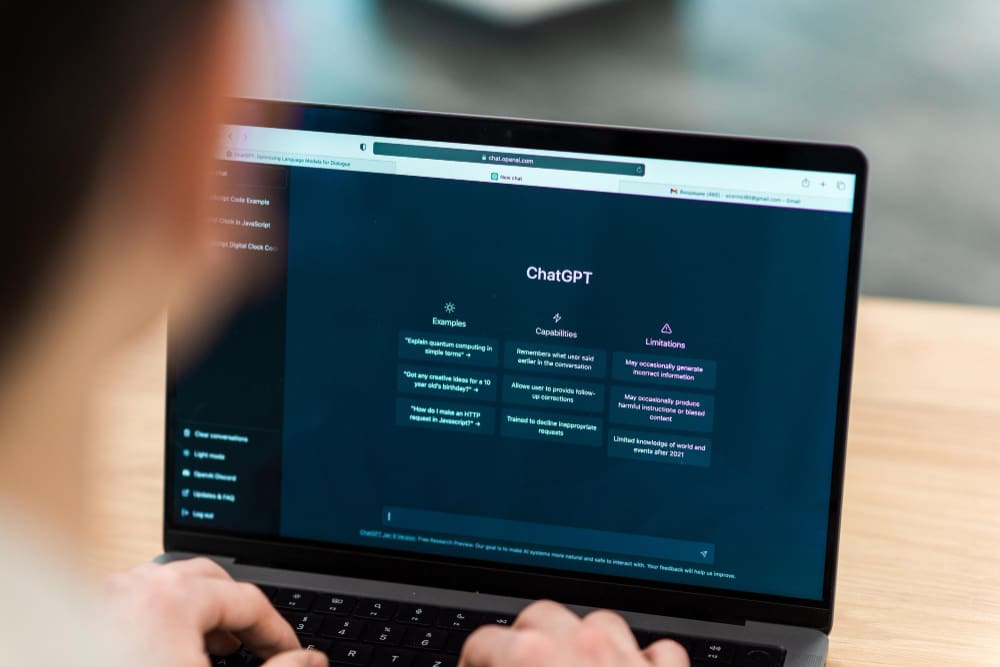Amit Attry, Vice President – Marketing and Corporate Relations, Jaipuria Institute of Management

In the rapidly evolving landscape of education, the advent of ChatGPT has sparked a vibrant debate on its impact on student learning and critical thinking. As educators and administrators at the forefront of integrating technology into learning environments, it is imperative to dissect both the opportunities and challenges presented by ChatGPT. This exploration is crucial not only for harnessing its potential to enhance education but also for mitigating the risks associated with its misuse.
Enhancing Learning through Innovation
ChatGPT has the potential to revolutionize how we approach education. Its capabilities extend far beyond being a mere repository of information; it can act as a catalyst for interactive learning. Instructors are leveraging ChatGPT to create assignments that require students to critically engage with AI-generated content, pushing them to analyze, critique, and improve upon it. Such tasks shift the focus from rote learning to fostering analytical skills, promoting a deeper understanding of subject matter.
Furthermore, ChatGPT’s ability to break down complex concepts into simpler explanations aligns with the pedagogical approach of making learning accessible to all. This method echoes the principles of the Feynman Technique, which emphasizes the importance of simplicity in understanding complex ideas.
By integrating ChatGPT into our teaching methodologies, we can provide personalized learning experiences, addressing the diverse needs of our student population.
Addressing Concerns and Fostering Academic Integrity
While the benefits are plentiful, the introduction of ChatGPT into the academic arena raises valid concerns regarding critical thinking and academic integrity. Critics argue that overreliance on AI for completing assignments could hinder students’ ability to think independently and solve problems without assistance.
Moreover, the potential for ChatGPT to facilitate academic dishonesty cannot be ignored. It challenges traditional methods of assessment and necessitates a reevaluation of how we measure student learning and understanding.
To counter these challenges, it is essential to design curricula that not only integrate ChatGPT as a tool for learning but also promote critical thinking and ethical use of technology. Assignments should encourage students to engage critically with AI-generated content, assess its accuracy, and reflect on its application within their field of study. By doing so, we can cultivate an academic culture that values integrity and intellectual curiosity.
A Vision for the Future
As we stand on the cusp of a new era in education, the role of educators transcends imparting knowledge. We are now facilitators; guiding students through the vast ocean of information, that technology like ChatGPT lays at our feet. Our mission should be to equip students with the skills to navigate this ocean—discerning credible information, thinking critically, and applying knowledge innovatively.
In embracing ChatGPT and similar AI technologies, we must balance their benefits against potential drawbacks. This involves not only leveraging ChatGPT to enhance educational outcomes but also preparing students to use such technologies responsibly and ethically. As Vice President of Marketing and Corporate Relations at Jaipuria Institute of Management, I envision an educational landscape that not only adapts to technological advancements but also thrives because of them, preparing students not just for the jobs of today but also for the challenges of tomorrow.
In conclusion, ChatGPT offers an exciting opportunity to enrich the educational experience, provided we navigate its challenges with foresight and integrity. By thoughtfully integrating this technology into our pedagogical strategies, we can foster a generation of learners who are not only technologically adept but also critical thinkers and ethical leaders.


